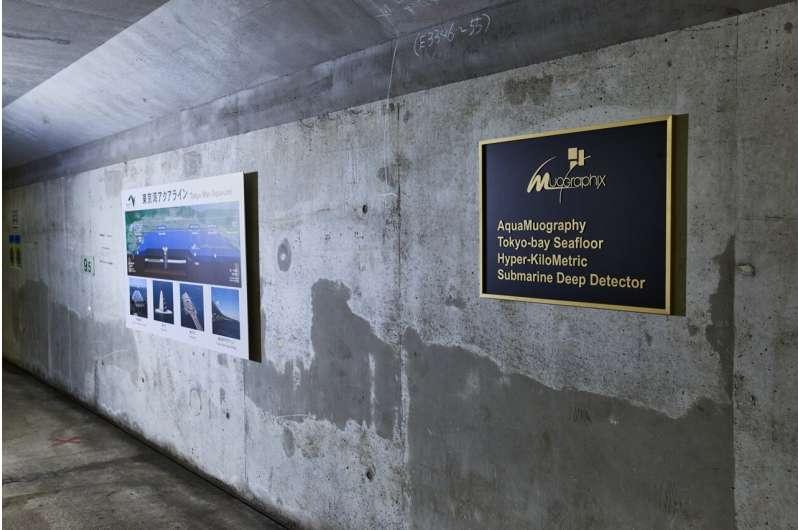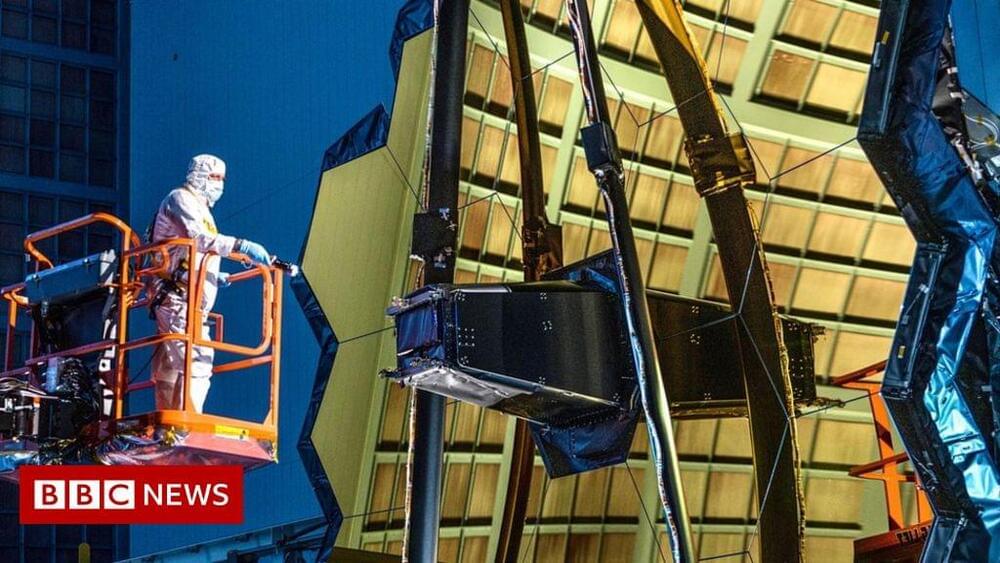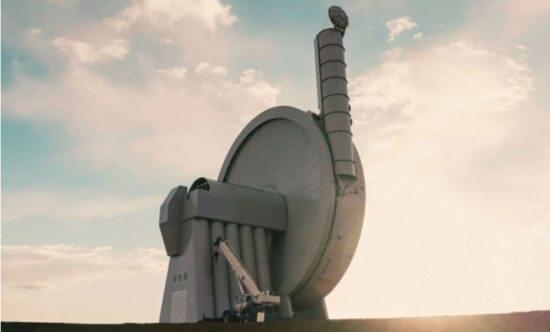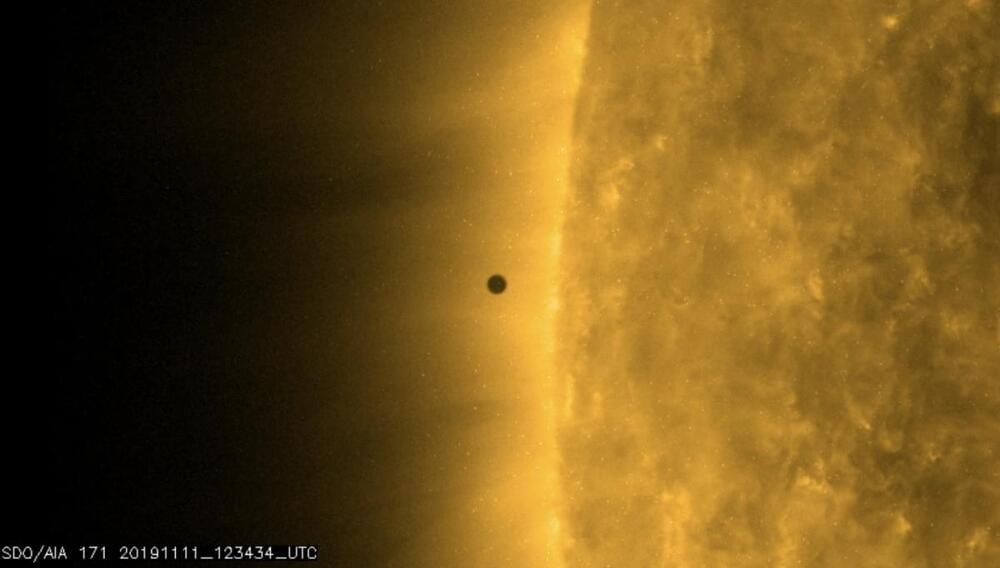SpaceXs brand-new Dragon spacecraft – named “Freedom” by the Crew-4 astronauts – arrived at Kennedy Space Center’s Launch Complex 39A on April 16, 2022, after making the journey from SpaceX’s processing facility at nearby Cape Canaveral Space Force Station in Florida. After Dragon is mated to the SpaceX Falcon 9 rocket, the launch vehicle will roll out to the pad and be raised to the vertical launch position.
Liftoff is scheduled for 5:26 a.m. EDT on Saturday, April 23. NASA’s Crew-4 mission is the fourth crew rotation flight on a SpaceX Dragon spacecraft and Falcon 9 rocket. NASA astronauts Kjell Lindgren and Bob Hines will serve as mission commander and pilot, respectively, and NASA astronaut Jessica Watkins and ESA (European Space Agency) astronaut Samantha Cristoforetti, will join as mission specialists.








